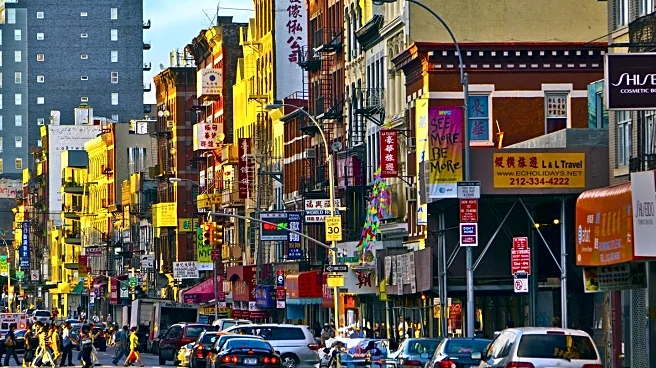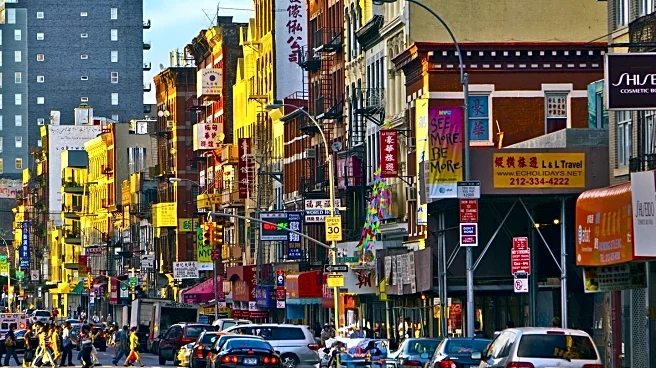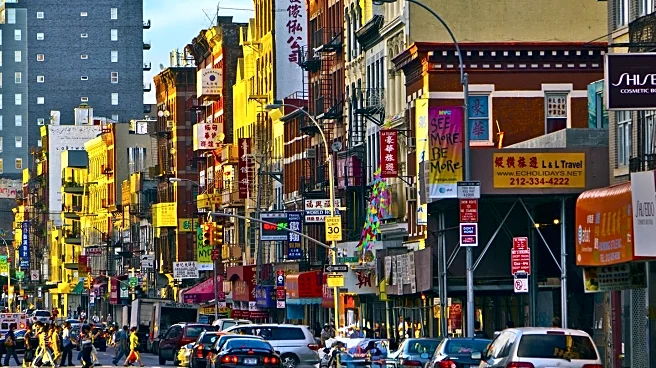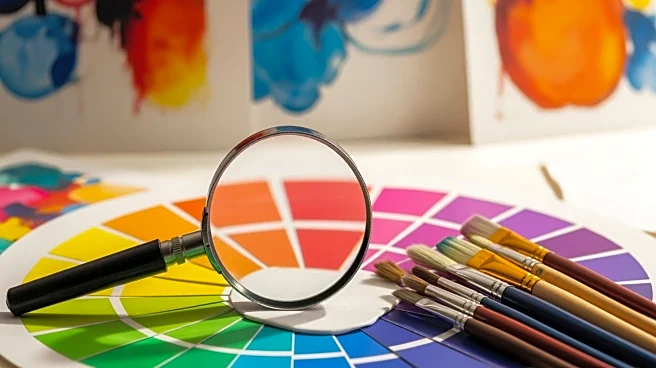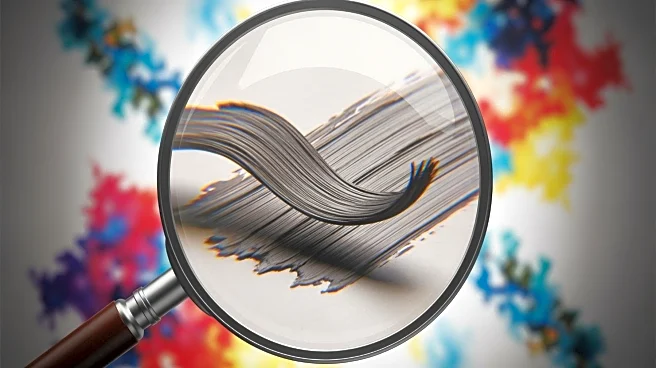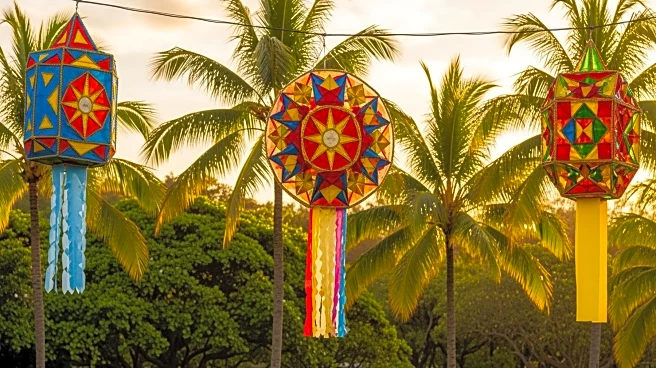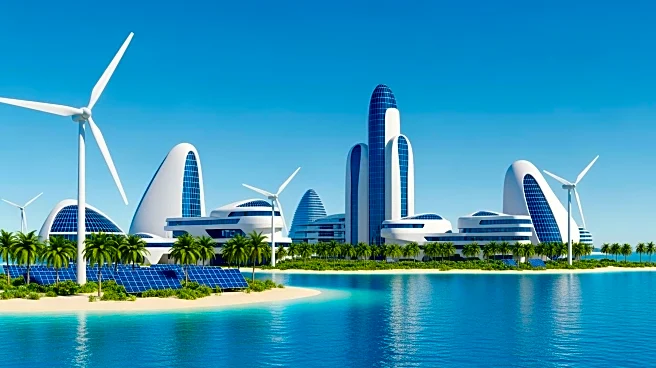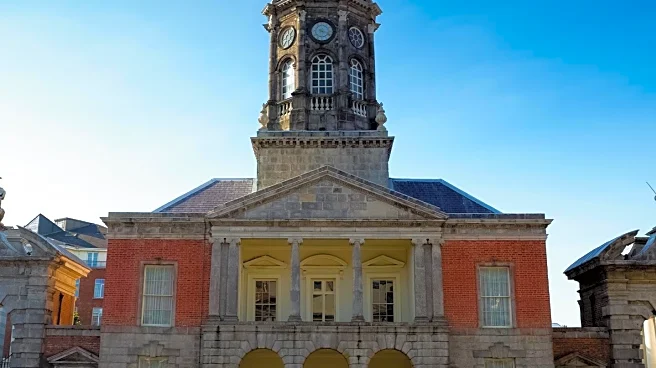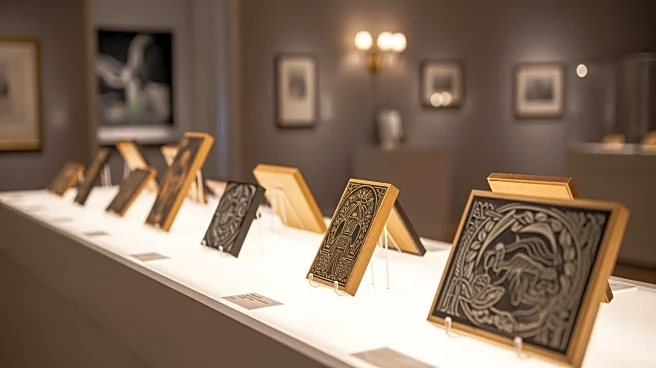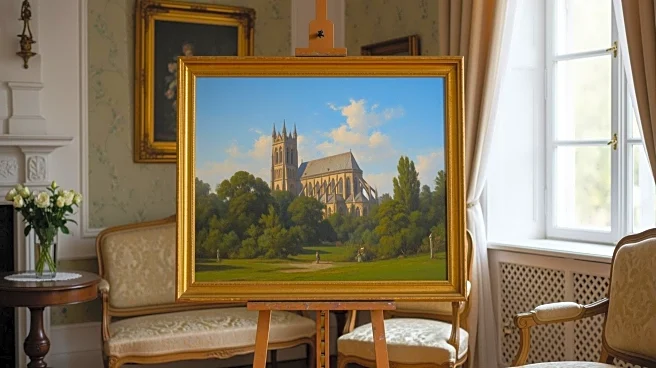What's Happening?
The Downtown Arts Center in Honolulu is set to open a photography exhibit that captures the essence of life in Chinatown. The exhibit, which will be available for viewing starting the first week of November,
showcases powerful images that reflect the everyday experiences and historical significance of the area. Sandy Pohl, Executive Director of the Downtown Arts Center, emphasizes the importance of art in community building and rejuvenation. The exhibit aims to highlight the ordinary lives and hidden gems of Chinatown, countering the common narratives focused on homelessness and urban grit. Pohl, who grew up in the neighborhood, shares her personal connection to the area and the transformative power of photography in evoking memories and emotions.
Why It's Important?
This exhibit is significant as it seeks to preserve and celebrate the cultural heritage of Chinatown, an area often overshadowed by urban challenges. By focusing on the positive aspects and the rich history of the community, the exhibit contributes to a broader understanding and appreciation of the neighborhood. It underscores the role of art in fostering community identity and cohesion, potentially influencing public perception and policy regarding urban development. The initiative also highlights the potential of art to drive social change and community revitalization, offering a counter-narrative to the often negative portrayal of urban areas.
What's Next?
The exhibit will run until November 29, providing ample opportunity for residents and visitors to engage with the artwork and reflect on the stories it tells. As the exhibit opens, it may spark discussions among community members, policymakers, and cultural organizations about the future of Chinatown and similar neighborhoods. The Downtown Arts Center may continue to leverage art as a tool for community engagement and development, potentially inspiring similar initiatives in other urban areas.
Beyond the Headlines
The exhibit not only showcases the artistic value of photography but also serves as a reminder of the importance of preserving cultural heritage in rapidly changing urban environments. It raises questions about how cities can balance development with the preservation of historical and cultural identities. The exhibit may also encourage other artists and cultural institutions to explore similar themes, contributing to a broader movement of using art as a means of social commentary and change.
